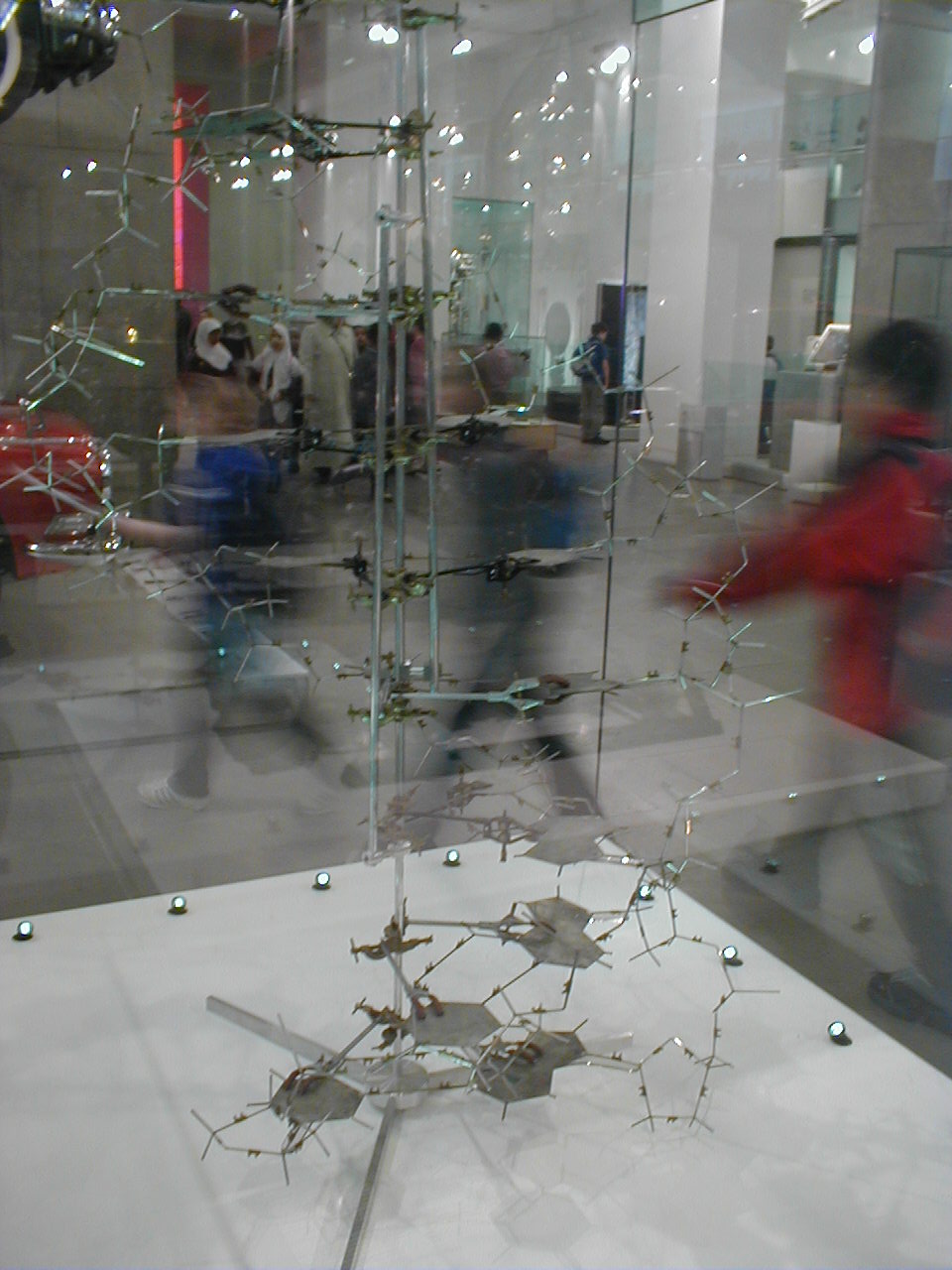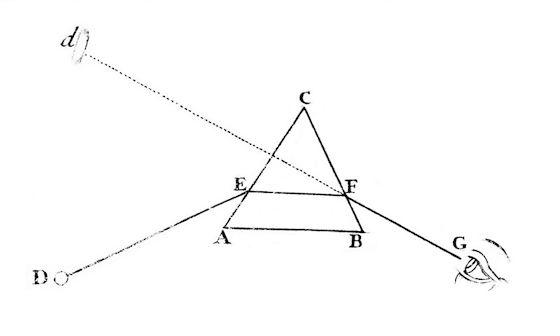During the Exploration, students take part in an experience that provides “a common base of activities within which current concepts (i.e., misconceptions), processes, and skills are identified and conceptual change is facilitated. Learners may complete lab activities that help them use prior knowledge to generate new ideas, explore questions and possibilities, and design and conduct a preliminary investigation” (Bybee et a. 2006, p. 2).
History can provide ideas for how to structure an effective exploration. The questions faced by real mathematicians and scientists of earlier eras can provide teachers with a framework of “big idea” conceptual questions around which to focus student activities. This can be especially effective, because students may hold preconceptions comparable to those held by people in the past. Real-life puzzles from history can also provide students with compelling contexts for exploring science and math concepts, while at the same time laying the groundwork for teaching the nature of science and math.


Try This
Imagine you are a natural philosopher and it is 1671. Recreate Isaac Newton’s prism experiments as described in his letter to the Royal Society on his “New Theory about Light and Colors” (or a version in modernized English). Was it easy to replicate Newton’s set-up? Do you agree with his interpretation of the results? If you were to submit a letter to the Transactions of the Royal Society, what response would you have to the experiment or Newton’s theory?
(See a full lesson plan: Stowe, “What is Light? What is Color?”.)
Ideas for integrating history
There are many ways to draw on history to design a hands-on exploration of math and science:
- Students might recreate a historical experiment, observation, or effort at classification (such as Galileo’s work on pendulum motion, Newton’s prisms, Mendeleev’s periodic table, or classifying fossils like Cuvier or Lamarck).
- They could try to solve a problem that puzzled generations of mathematicians (“Do negative numbers really exist?”), or use a mathematical system from the past (manipulate Babylonian or Yoruba numerals, calculate using an abacus).
- Students could debate or role play as scientists and mathematicians from the past in order to articulate their intellectual positions (pretend to be Newton or Leibniz and argue in favor of each as the founder of calculus, re-enact Galileo’s trial) and explore their social contexts (“Who deserves credit for the discovery of the electron?” “Why would French revolutionaries support the metric system?”)
- You could design a game or choose-your-own-adventure to similar ends.
When incorporated into activities like these, analyzing primary sources can engage curiosity and critical thinking. Consider using:
- Texts: Original scientific or mathematical publications and personal letters can give insight into key concepts, their context, and individuals’ personalities. For example, Ernest Everett Just’s writings can illuminate his ideas about cells, his experimental approach, and what it was like to be an African-American biologist in the early 20th century. You may show quotes during class or provide selections for homework reading. Complex language should not be a barrier; you can provide annotations, paraphrases, or a reading guide challenging primary texts to make sure students can access the material at their grade level.
- Formulae, equations, and diagrams: Manipulating real formulae and equations from the past can help students recreate the experience of discovery and practice scientific and mathematical reasoning. For example, students could manipulate Lavoisier’s and Priestley’s competing chemical formulae for combustion. They could solve a real mathematical problem from the past, such as proving the “Pythagorean” theorem using diagrams from the Zhou Bi Suan Jing (China, ~100 BCE).
- Images: Consider images or video of people and relevant primary source objects to help bring history alive––original scientific instruments, archeological artifacts (like the Ishango bone), or examples of art or architecture.
What the Teacher does:
- Encourages the students to work together without direct instruction from the teacher
- Observes and listens to the students as they interact
- Asks probing questions to redirect the students’ investigations when necessary
- Provides time for the students to puzzle through problems
- Acts as a consultant for students
- Creates a “need to know” setting
What the Student does:
- Thinks freely, within the limits of the activity
- Tests predictions and hypotheses
- Tries alternatives and discusses them with others
- Records observations and ideas
- Asks related questions
- Suspends judgment
Some Exploration Resources
Role play, debate, and games
Role-Playing, SERC Pedagogic Service Project
Role-Playing, Stanford Teaching Commons
The Dreaded Discussion: Ten Ways to Start (includes role playing and debates)
Inklewriter (a tool for creating interactive “choose-your-own-adventure” stores)